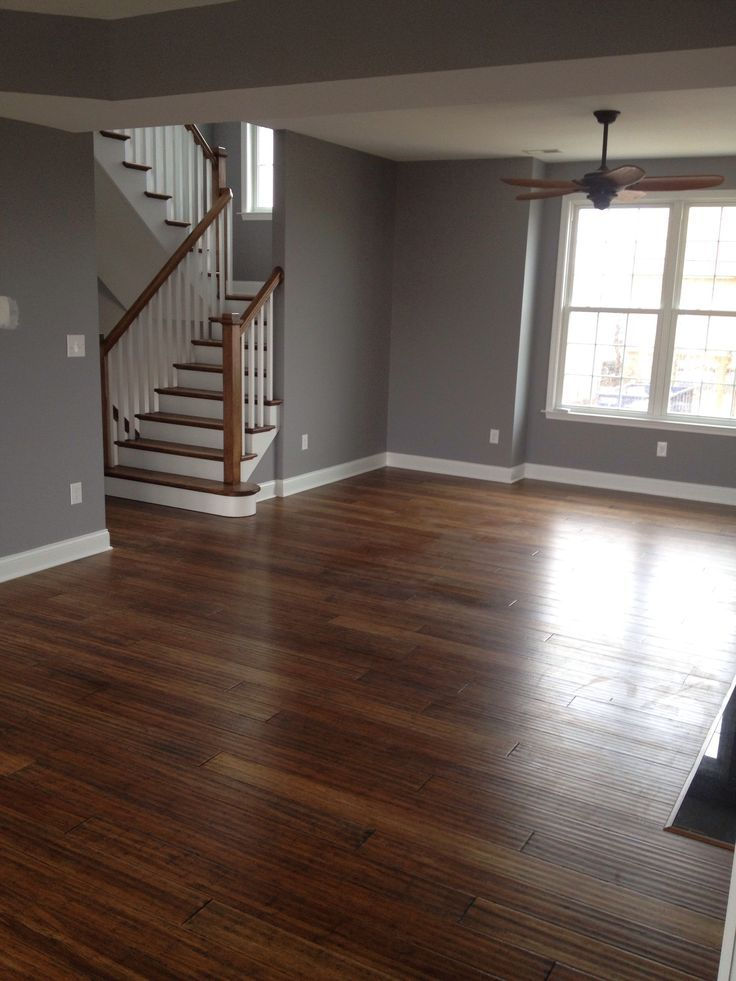Hardwood Floor Gaps
- David Brannan

- Aug 5, 2015
- 4 min read

The weather can wreak havoc on more than the exterior of your home. As the humidity rises and falls, it’s common for gaps to form and appear in hardwood floors. Gaps are caused by the wood expanding and compressing. Hardwood takes on and loses moisture as the temperatures and the humidity rises and falls. Look out for heat sources such as pellet furnaces, fireplaces, or wood vents. During the winter, homes dry out signifacantly during the months that heat is needed.
It may take years for gaps to show up in your hardwood floors, so whether your floors may be newly installed or you’ve had hardwood floors for years, you can reduce the likelihood that gaps will show up in your hardwood floors by using humidifiers. You can choose to use room humidifiers or furnace humidifiers; both will help minimize the chance of gaps showing up in your hardwood floors down the road. See our blog post regarding Humidifers for your home.
Manufacturer's will void warranties if homes are not maintained around 40-45% Relative Humidity. It's very important to keep the homes at this level. If it's not maintained, all warranties will be voided.
Don’t delay fixing floor gaps
However, if you do discover that your hardwood floor is beginning to gap in spots, it’s important that you take care of it sooner rather than later. How you choose to fix floor gaps will depend on the size of the gap, how sound the floor is, and how many gaps are present. Too many gaps, extremely wide gaps, or a floor that has movement (creaking or loose boards) may require extensive repair, as opposed to floors that are only beginning to have gaps appear. One thing to be aware of when determining the extent of a floor gap is to know whether or not the gap is what is considered normal; meaning it may close when the weather changes. A gap that closes when the wood expands in high humidity might be considered normal by a professional. It’s always a good idea to check with a carpenter or professional wood worker to be sure.
Many small gaps can be fixed by homeowners with a bit of putty and elbow grease.
Different gap repair methods
Fixing floor gaps can be done a number of different ways; the most extensive is to have to completely replace a floor that has too many gaps to repair without losing its beauty. Ordinarily, you can “fill” the gaps with wood filler, putty, or with pieces of rope – and then finish with stain to match the floor. The latter is an older method of filling gaps, and not only serves as a way to fix floor gaps, but also will help keep any drafts that come up through the floor to a minimum as well.
Using fillers – such as putty, powdered filler, which is mixed to a putty or paste form, or even caulking – can rid your hardwood floors of gaps if done properly. Fillers are best used when the gaps are narrow and the floor is not riddled with them. One thing to note about using fillers to fix floor gaps; as the humidity changes and the floor expands and contracts, the filler may actually be forced out when the floor expands to accommodate additional humidity.

Steps to a fixed floor
The first step is to clean out any debris that may in between the gaps. Apply filler liberally with either your fingers or a putty knife, allowing for some overfill. Once the filler has dried, you can sand and complete the filling process by stain where needed. Bear in mind, though, that you may need to do a second filling later on if the filler comes out of the floor or cracks due to improper filling.
What about wide gaps?
For wide floor gaps it may be necessary to fix them with wood shims, narrow strips of wood or rope. Each of these processes are a little more time consuming but are a more permanent and are often more attractive looking than using a putty or paste. In any of these options, be sure the floorboards are secure before proceeding. Measure narrow strips of wood or rope to the length of the gap and using an adhesive, place the wood in the gap and if using wood, weight it to dry. Further, if you’re using wood strips or shims as the filler for fixing a floor gap, be sure to fill the floor gap when the weather is most humid, as this will be when the gap is the smallest and will lessen the likelihood of the wood pieces or shims from splitting or cracking when the wood expands. Once the wood or rope fillers have dried you can finish off with sanding, in the case of the wood strips, and stain to match the finish of the hardwood floor.
As with any repair job for a hardwood floor, it’s important to check with the manufacturer of your hardwood floor as well as the products you’re using to make sure you’re following directions properly. Floors that have extensive gaps or are in very poor disrepair may benefit from being pulled and completely re-installed in order to properly and permanently fix the floor gaps.
Watch this Video On Repairing Gaps:
































Comentarios